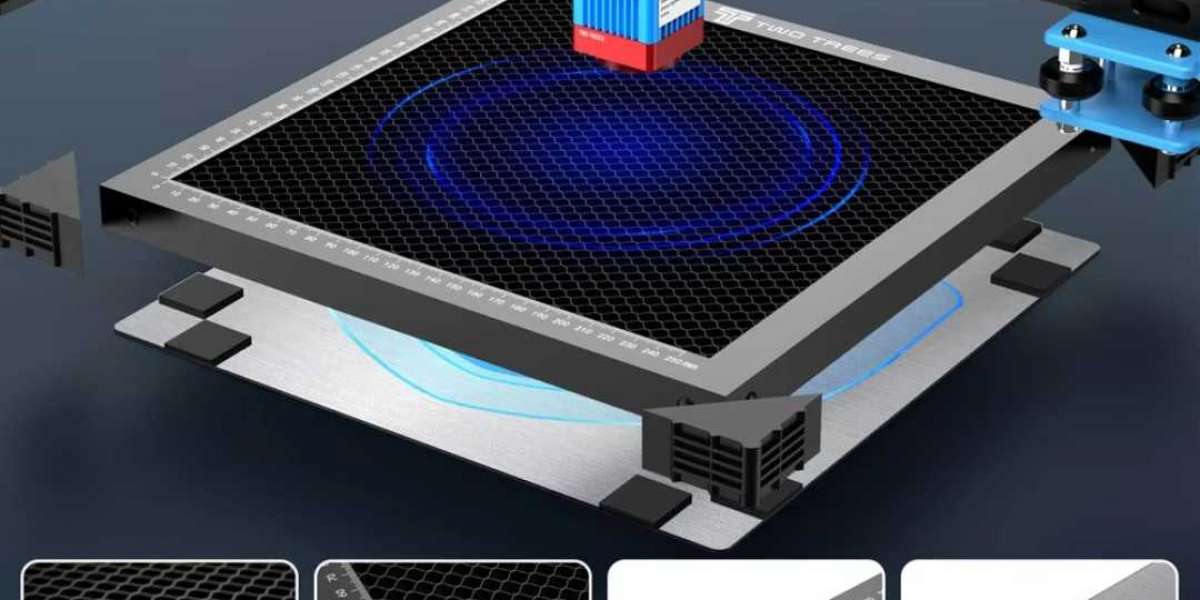Laser equipment operates on the principles of amplified light energy, focused into a highly concentrated beam. While it appears simple, the way this technology interacts with different materials is far from straightforward. Many wonder why laser equipment can cut through solid metal yet fail to pass through a transparent glass surface. To understand this, we must dive deep into the interaction of lasers with various materials, the science of wavelengths, and the role of absorption, reflection, and refraction.
How Laser Equipment Works
At its core, laser equipment generates a high-energy beam by stimulating electrons in a medium such as CO₂, fiber, or solid-state crystals. This process results in coherent, monochromatic light that can be directed with precision. The ability to cut or engrave a material depends on how that material interacts with the laser’s wavelength.
Each type of laser equipment operates at a specific wavelength, and this is what determines whether it will cut through or be blocked by a given surface. The energy of a laser beam is either absorbed, reflected, or transmitted depending on the properties of the target material.
Why Laser Equipment Cuts Metal But Not Glass
1. Absorption and Reflection
The key reason laser equipment can cut metal but not easily pass through glass lies in absorption. Metals, especially those with darker or non-reflective surfaces, absorb laser energy efficiently. This absorption converts light energy into heat, allowing the material to be melted or vaporized, creating a precise cut.
On the other hand, standard glass is highly transparent to certain laser wavelengths, meaning that rather than absorbing the energy, it allows the laser to pass through. When a material does not absorb enough energy, it doesn’t experience the heating effect necessary for cutting.
2. The Role of Wavelength
Laser equipment is designed to operate within specific wavelength ranges, and different materials react differently to each range. For instance:
- Fiber lasers (1064 nm wavelength): Highly effective for metals but pass through clear glass without absorption.
- CO₂ lasers (10.6 µm wavelength): These can cut glass under certain conditions, as some glass types absorb energy in this range.
- Ultrafast lasers: Short-pulse lasers can interact with glass in unique ways, allowing for precise cutting without excessive heat damage.
This difference in how materials respond to different laser types is why a fiber laser can cut steel but will not mark or cut transparent glass.
3. Heat Conductivity and Vaporization
Metals have high thermal conductivity, allowing them to be cut efficiently by laser equipment. The absorbed laser energy rapidly heats the metal surface, causing localized melting and vaporization, which results in a precise cut.
Conversely, glass does not conduct heat in the same way as metals. Instead of melting in a controlled manner, it tends to crack or shatter under extreme heat stress. This makes cutting glass a different challenge compared to metals, requiring specialized laser techniques like controlled fracture processing or CO₂ lasers designed for non-metals.
Different Types of Laser Equipment for Various Materials
Since materials react differently to laser energy, different types of laser equipment have been developed to handle a variety of applications:
- Fiber Lasers: Best suited for metals, providing high precision in cutting and engraving.
- CO₂ Lasers: More versatile, capable of cutting plastics, wood, and glass under the right conditions.
- Ultraviolet (UV) Lasers: Used for delicate engraving on materials like glass, avoiding excessive heat buildup.
By selecting the appropriate laser equipment for the material, industries ensure precision, efficiency, and minimal waste.
Overcoming Challenges in Cutting Transparent Materials
Since glass and other transparent materials do not absorb standard laser wavelengths well, specialized techniques are required:
- Pre-Coating the Surface: Applying a temporary layer (such as a special film) that absorbs laser energy can enable cutting.
- Using Short-Pulse Lasers: These lasers create high-intensity bursts that cause micro-explosions inside the glass, allowing controlled cutting.
- Adjusting Focus and Pulse Duration: Some laser equipment can be fine-tuned to create internal stress points in glass, leading to precise fractures.
Applications of Laser Equipment in Different Industries
Laser equipment is widely used across multiple industries due to its ability to process a range of materials with extreme accuracy.
1. Manufacturing
- Metal cutting for automotive and aerospace components.
- Engraving serial numbers and barcodes on tools and machinery.
2. Medical Field
- Laser surgery and precision cutting of medical implants.
- Glass micromachining for lab equipment.
3. Electronics
- Engraving circuits onto microchips.
- Cutting intricate patterns into metals for device housings.
Understanding how laser equipment interacts with different materials ensures that it is used efficiently in industrial processes.
Conclusion
The ability of laser equipment to cut through metal while failing to pass through clear glass comes down to fundamental principles of physics. Metal efficiently absorbs laser energy, enabling clean cuts, while transparent materials like glass allow light to pass through, preventing effective absorption.
However, with advancements in laser technology, specialized equipment can be tailored to interact with transparent materials under controlled conditions. Whether in industrial manufacturing, medical applications, or precision engineering, laser equipment continues to revolutionize how materials are processed, offering unmatched precision and efficiency.





